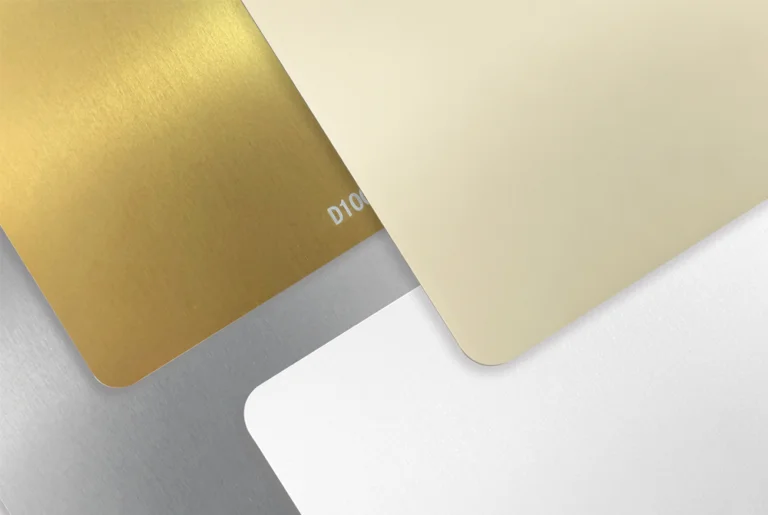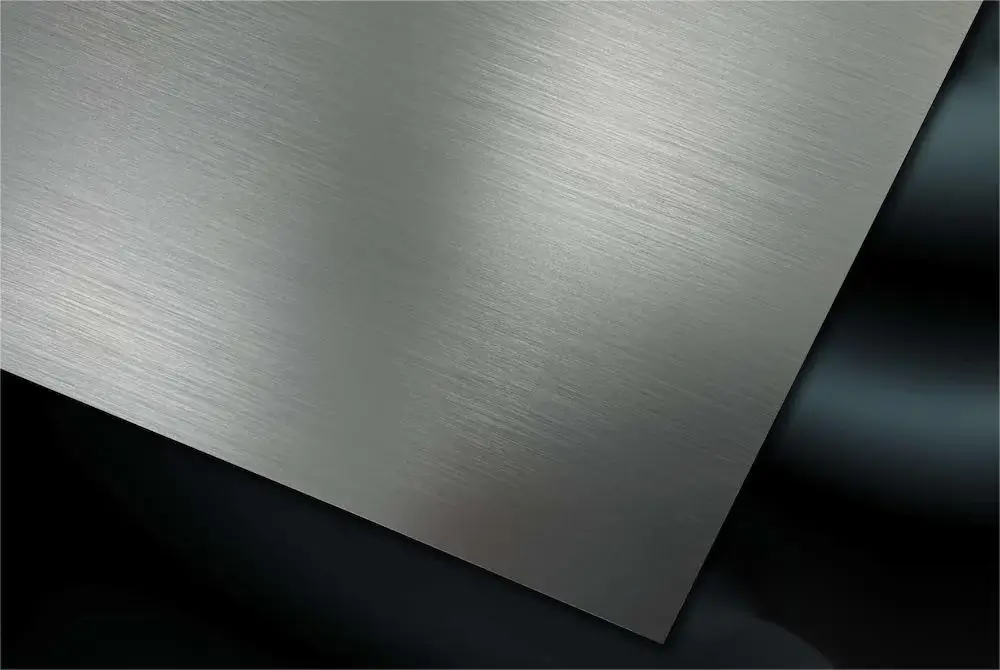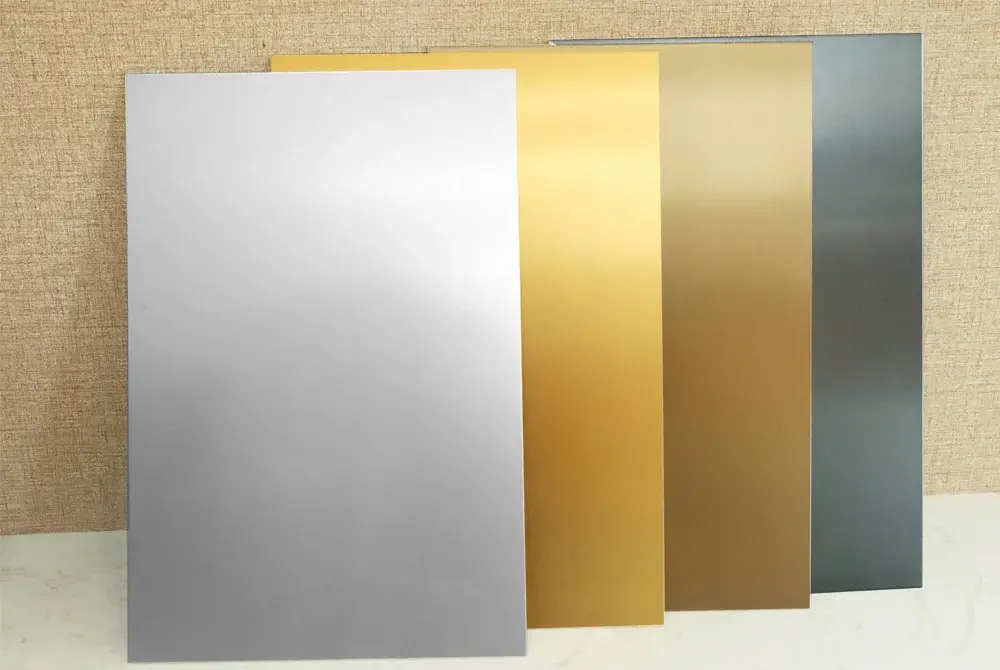What is the anodizing of aluminum?
Anodizing aluminum is a process that uses electricity to create a protective layer on the surface of aluminum. This process not only enhances the appearance of aluminum but also provides it with several valuable properties.

Why Anodizing?
The significance of anodizing lies in its ability to improve the durability and lifespan of aluminum alloys. By addressing the weaknesses in toughness and wear resistance of the alloy, anodizing expands its range of applications. Among various surface treatment technologies, anodizing is the most widely used and effective.
Advantages of anodizing:
- Lightweight: With a density of 2.73g/cm3, making it only one-third the weight of stainless steel.
- High Tensile Strength: Exhibiting a tensile strength of 265mpa, which is 2.5 times stronger than ordinary aluminum sheets.
- Excellent Corrosion Resistance: Has three times the corrosion resistance of regular aluminum sheets and twice that of stainless steel.
- Diverse Surface Treatments: Allowing for a wide range of color options, showcasing artistic effects. It finds extensive use in arena construction without visible seams for up to 100 meters.
- Good Plasticity: Making it easy to be cut into various sizes, suitable for use in roofs and walls.
- Environmentally Friendly: Has a service life of over 50 years and is 100% recyclable.
- Noise Reduction and Shock Absorption: Anodized aluminum can withstand large impact loads and helps reduce noise.


